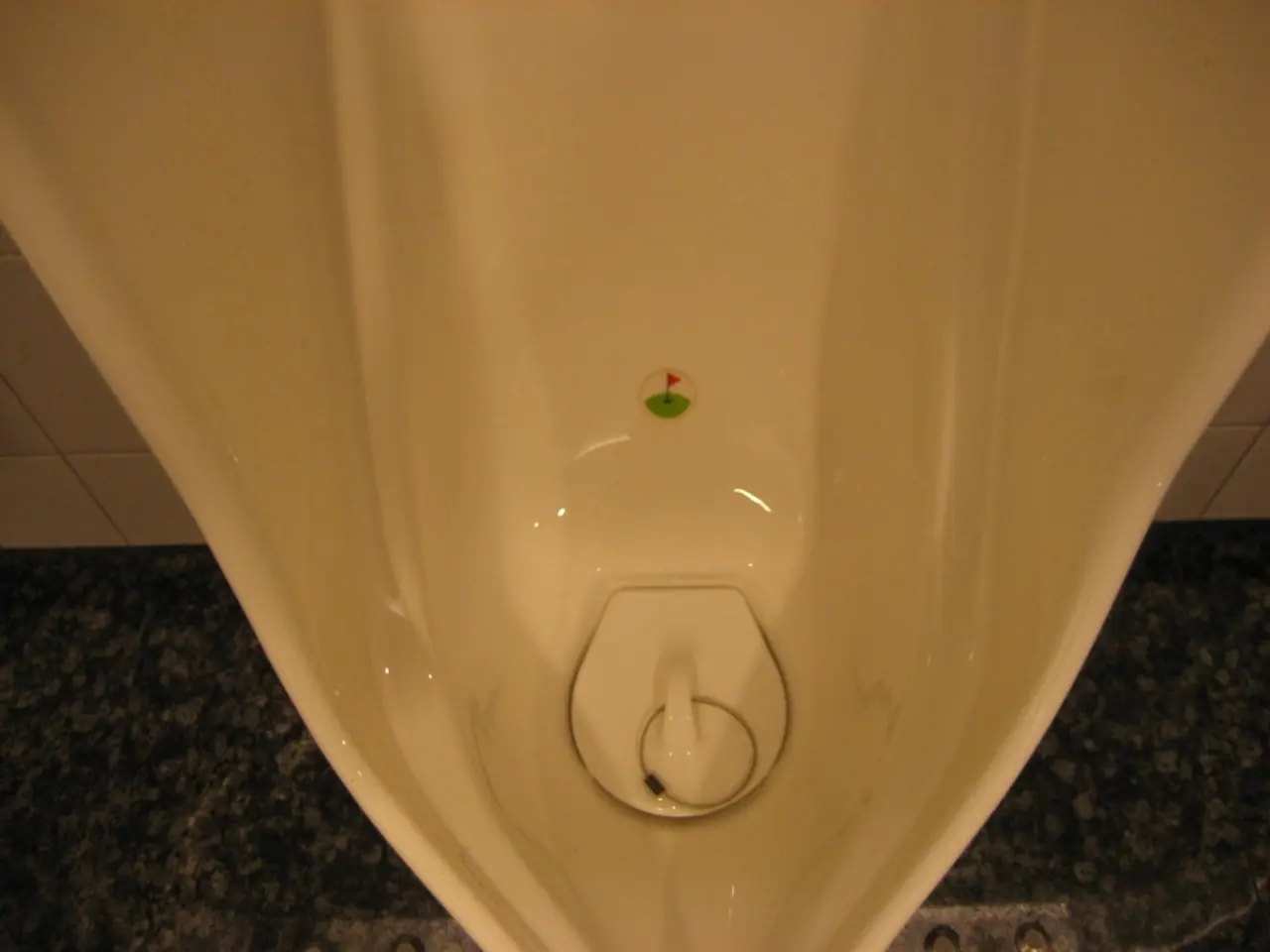Undergoing Recovery following Prostate Cancer Surgical Treatment
Prostatectomy, the surgical removal of the prostate, is a common treatment for prostate cancer. The most common method used today is robotic prostatectomy, which allows for a more precise and less invasive procedure.
During robotic prostatectomy, a surgeon uses a control panel to maneuver robotic arms that operate through small incisions. This approach typically lasts 2 to 4 hours, with patients staying in the hospital for about 1 to 6 days, depending on the patient's condition. Most patients can get up the day after surgery, but full recovery can take several weeks to a few months.
After the surgery, a person will need an intravenous (IV) drip and may have a wound drain. A urinary catheter is also typically in place after surgery and stays in for several days.
Recovery can be a challenging period. During the first few weeks, a person may feel tired and experience some pain. However, people can typically walk around the day after surgery. Taking any prescription medications as directed, attending regular follow-up appointments, following a healthcare professional's instructions on wound and catheter care, starting Kegel exercises and bladder training 3 days after catheter removal, and following a medication plan for sexual activity can help with recovery.
It's important to note that recovery times can vary significantly from person to person. While some individuals may return to their usual activities in the months after a radical prostatectomy, others may require more time. Open prostatectomy, a less common method, involves a longer recovery time than robotic prostatectomy.
One of the potential side effects of prostatectomy is urinary incontinence. More than 26% of people who had a radical prostatectomy experienced urinary incontinence, and more than 61% experienced erectile dysfunction after surgery.
Regular PSA tests may begin 6 to 8 weeks after the surgery. A person should also have follow-up visits with their doctor every 3 months for the first year after surgery, and then every 6 months for the next 2 years.
If the cancer returns after surgery, a doctor may recommend radiation therapy, hormone therapy, or chemotherapy. It's crucial for individuals to contact their doctor if they cannot urinate, have severe pain in their abdomen during urination, experience persistent, burning pain in the penis, have blood in their urine that does not go away within 24 hours after drinking more fluids, cannot get an erection after 4 weeks of treatment with medication such as sildenafil, notice signs of infection, or have any other concerns or issues.
For more research-backed information and in-depth resources on prostate cancer, visit our dedicated hub. It's essential to be well-informed and to work closely with healthcare professionals throughout the treatment process. During recovery, it's also crucial to avoid strenuous activity, heavy lifting, immersing the incision area in water, alcohol, caffeine, tobacco, artificial sweeteners, certain medications, bearing down when urinating, and products or behaviors that may worsen urinary incontinence.
Read also:
- Nightly sweat episodes linked to GERD: Crucial insights explained
- Antitussives: List of Examples, Functions, Adverse Reactions, and Additional Details
- Asthma Diagnosis: Exploring FeNO Tests and Related Treatments
- Unfortunate Financial Disarray for a Family from California After an Expensive Emergency Room Visit with Their Burned Infant








